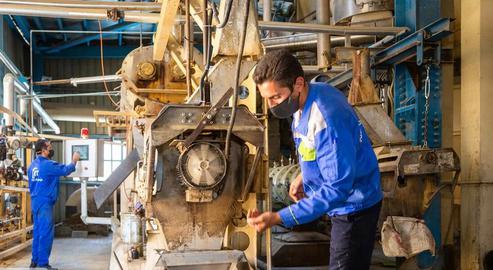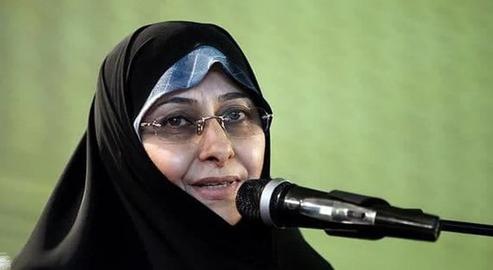The Statistical Center of Iran has reported an increase in Iran’s production inflation rate of 60 percent in the spring of 2021: a new record hike in costs in a single quarter. Year-on-year, it found, the country’s production cost index has rocketed by 73 percent. Invariably, this will have an effect on already eye-watering consumer prices.
The intensity of inflation varied in different areas. Costs associated with mining and manufacturing saw the highest increase – by a respective 154 percent and 94 percent in a year – while the service industry saw point-by-point inflation increase by a little less than 50 percent.
These new figures put to bed an oft-deployed argument by both public and private-sector Iranian companies against proposed salary increases. Raising workers’ wages, the reasoning has been, would increase the cost of production, in turn affecting those workers when they either lose their jobs or have to pay more for goods themselves.
Clearly, the Statistical Center’s release shows, with the current state of the Iranian economy this will happen either way. And the cost to employers of increasing wages would likely be less than the already-spiralling costs of raw materials, machinery and other necessary resources.
There are other, more insidious factors bearing down on the cost of Iran than workers’ wages. Just a week ago, the Statistical Center of Iran published a report on inflation on imported goods in the spring of 2021. According to that data, the cost in rials of an imported basket of basic goods has increased by 533 percent compared to the same time last year, and by more than 580 percent for goods grouped under the heading “machinery and mechanical devices, electrical tools and parts, etc." That is to say, to the average Iranian business owner the cost of certain vital equipment from abroad has increased sevenfold in 12 months.
Meanwhile, the value of the toman has continued to fall against the dollar. Even if the Iranian national currency is excluded from the equation, the dollar cost of importing a given basket of goods to Iran was about 58 percent higher in spring 2021 than the previous spring. The value of the dollar hasn’t changed much, so why has importing goods become so expensive?
All this points to the obvious answer: sanctions, and the increasing isolation of the Islamic Republic of Iran on the world stage. The wider world’s hesitancy to do business with Iran is now such that officials have said Iranians incur an average 20 percent more costs when importing goods. Mohammad Shariatmadari, the former Minister of Labor and Welfare, also spoke of an ‘Iran premium’ on imports: "Those who sell us goods in different countries of the world, because they know we cannot pay them in cash or through the banking system, impose special sales terms on Iran... according to which they increase the price of their goods to far more than that of a normal transaction."
Apart from sanctions and the Islamic Republic’s political posture, certain specific issues like Iran’s continued presence on the Financial Action Task Force (FATF)’s blacklist makes it harder for Iranian firms to do business with suppliers overseas. Instead of publicly declaring its intent to get Iran off the list by meeting the FATF’s requirements, which the Rouhani administration tried to do, the government seems to be using a trial-and-error approach to work out how to get around inflation. There are rumors of looming austerity, and possibly those wage increases, but unless the Raisi administration adopts a whole-system approach this will achieve nothing.
Related coverage:
Oversell of the Decade: Iranian State Media Compares Raisi's Deputy to Turkish Banking Tsar
Iranian Currency Market Ignores Raisi's Claim of a Coming Reprieve
Record-Breaking Inflation Confronts Raisi's New Presidency
Iranians Enter a New Century Poorer and Less Hopeful for the Future
Women are the Victims of Iran’s Economic Crisis
Can Iran Withstand the New Dollar Price Hike?
Why is Iran Running Out of Imported Rice?
Dispatch from Tehran: Blackouts Leading to Bankruptcy
Iranians Shocked by the Overnight Devaluation of Their Currency
Iran's Missing Dollars; Who Took Them, and How Much?
Oil, the Dollar and Inflation: How Far Can the Economic Crisis in Iran Go?
Prices in Iran Continue to Soar Despite Better Exchange Rates
visit the accountability section
In this section of Iran Wire, you can contact the officials and launch your campaign for various problems



























comments